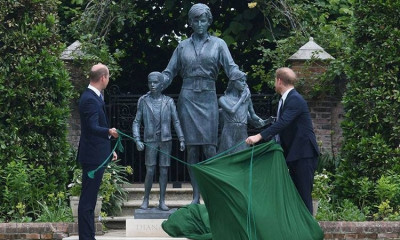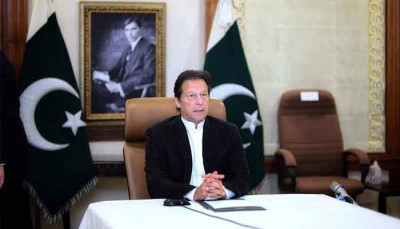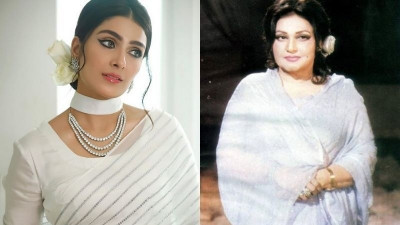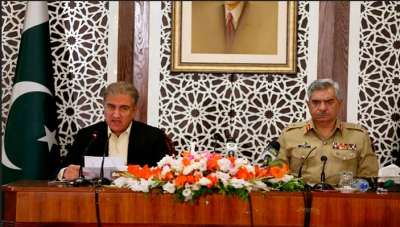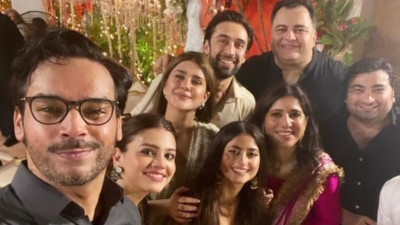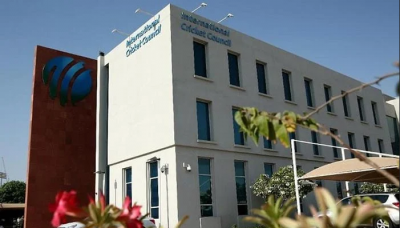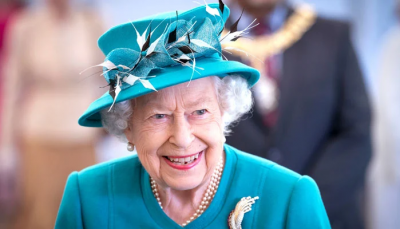Once known for its rich cultural notes, our music is now veering dangerously towards western styles. Does that matter?
Has Pakistani film music lost its uniqueness? Modern day music can't hold a candle to the rich, cultural, and vibrant music of Pakistan of yore.
Innovation is an important part of development, but does that seem to have been progressive for the music industry of today? These are questions I ask myself as a 23-year-old who is in love with the melodies from the 50s up until the golden age of Pakistani cinema. The music industry has witnessed modernisation in plenty of ways and this is one reason why we now see a lot of western influence in Pakistani songs. There aren’t many film industries where songs are a major part of films, where a film includes at least four to five songs and has lead actors dancing to those tunes. However, Pakistani cinema is one of those industries.
This method of filmmaking where a song like 'Ko-Ko Korina' plays and audiences go crazy watching Waheed Murad dance is seen in an industry like ours. And so, this method itself makes our industry unique. The use of traditional instruments blended with our particular style of singing is unique and should be celebrated. I do not believe that modernisation is wrong but losing the essence of something that we grew up with and something that can’t be found in Europe is definitely concerning. When songs of the past are mentioned, they reflect emotions and feelings.
The reason why they are memorable is that one could actually hear the effort put into arranging the music for each melody. Instruments also played a huge part in making our songs sound rich. Instruments like the sitar, tabla, dholak, sarangi, flute, dafli, tanapura and harmonium represent culture through music. However, many songs produced today are based purely on western compositions.
Mind you, I absolutely love the sound of a bass guitar but then again, should that instrument be responsible for eradicating our classical style? What's missing?
A song doesn't have to be loud to be catchy. Take ‘Roothay Ho Tum' by Nayarra Noor as an example, or 'Jinna Kar Lo Gay Pyaar' by Shehzad Roy, which is completely different from the 'Roothay Ho Tum' generation and represents the early change in our country’s music. The song is fast, catchy, and somewhat loud yet it doesn’t seem to lack cultural essence.
Shamoon Ismail is one of the most popular artists among Pakistan's younger generation today and his work is very interesting. On the other hand, we have Ali Sethi; again an extremely talented artist with interesting melodies. I decided to compare the two after listening to 'Rung' by Sethi and then 'Rung' by Ismail. To me, both songs share the same vibe as far as the music is concerned.

